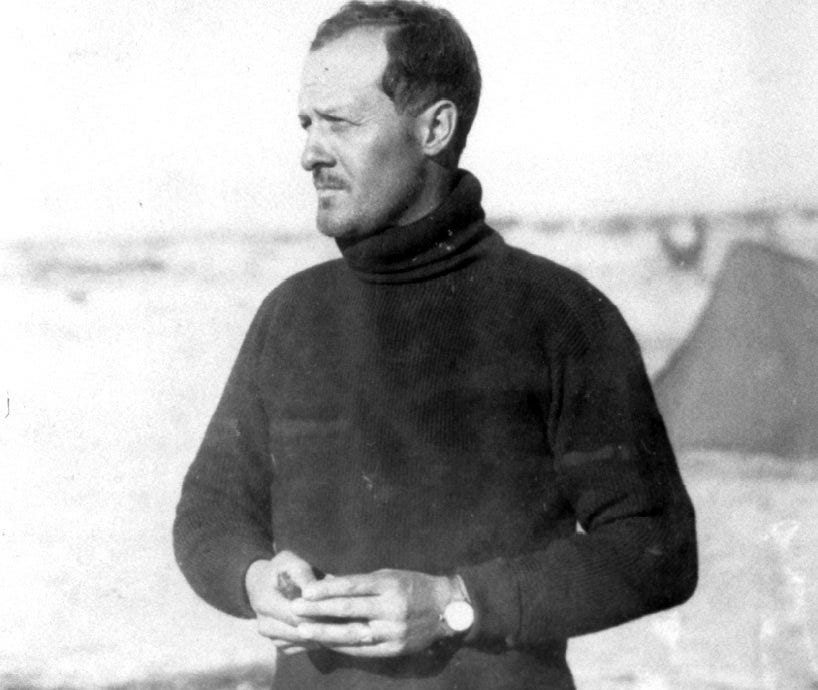In March of 1916, the U.S. Army owned only eight Curtiss “Jenny” airplanes.
The bright yellow biplanes had room for a pilot and a copilot. They were finicky and constantly breaking.
Despite purchasing the Wright Military Flyer in 1909, the U.S. had never used the airplanes in a combat mission - but that was about to change.
When World War I broke out, military officials in Washington immediately recognized the potential for using airplanes in combat. But the U.S. didn’t go to war in Europe immediately. So the First Aero Squadron and their eight airplanes were in the U.S. when the Army finally needed them.
The biggest problem the U.S. government faced on their southern border in the 19-teens was a single man, Pancho Villa. An outlaw who opposed U.S. support of the Mexican President, Villa expressed his displeasure by organizing several hundred guerillas in a raid, and killing 17 Americans in Columbus, New Mexico in early March.
It wasn’t exactly Villa’s first offense, so the U.S. decided to deploy its military and authorized General Pershing to chase Villa down in Mexico. Pershing sent a punitive expedition into Mexico, and four days later, on March 19, he authorized the first U.S. air combat mission.
The First Aero Squadron had a few issues. Only one of the pilots had ever flown at night, their yellow airplanes were constantly breaking down, and they didn’t have replacement parts. The terrain also proved to be an issue; the airplanes were ill-equipped to handle inevitable sudden wind changes over the mountains and desert.
The mission wasn’t to shoot from the airplanes; as a matter of fact, only a few of the pilots had pistols and .22s on board, and none of them had machine guns. Their job was to serve as surveillance and as messengers.
Problems started even before the airplanes made it to Pershing’s camp in New Mexico. En route, they got separated, and the cavalry had to be sent looking for half of them. They were still missing two airplanes by the time they got off on their first reconnaissance mission on March 19.
Over the Mexican skies, two pilots had to turn back after encountering severe wind irregularities over the Sierre Madre mountains.
But despite struggling to keep their airplanes in the air, the pilots flew many successful missions for Pershing in March. By mid-April, not a single airplane was useable.
It wasn’t exactly a great start. Some may have even called it a failure. But that’s not the way the pilots or their commanders saw it. They learned from their mistakes, and when the U.S. entered World War I in 1917, the fledgling Air Force was ready.





Nice snippet of time - now I want to read more about it!